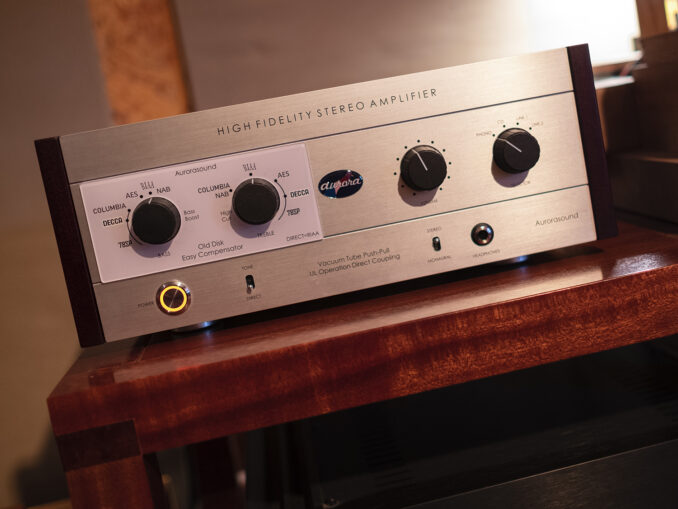
Do you remember the Monkeyhaus? This was the name John DeVore of DeVore Fidelity gave his listening room/office that lives inside his factory in the Brooklyn Navy Yard.
I can think of no better introduction to the Monkeuhaus than the following articles by my dear friends, the late and greatly missed Art Dudley and Stephen Mejias.
Art Dudley Listening #92
Music, Live and Otherwise, at the Monkeyhaus
I made the drive out to Brooklyn last week to give the Aurorasound HFSA-01’s Phono EQ Curves a workout as I don’t have the hardware or shellac in Barn and John has both. Lots of the latter. I recommend a read of the Aurorasound review for the complete story on this lovely integrated amp.
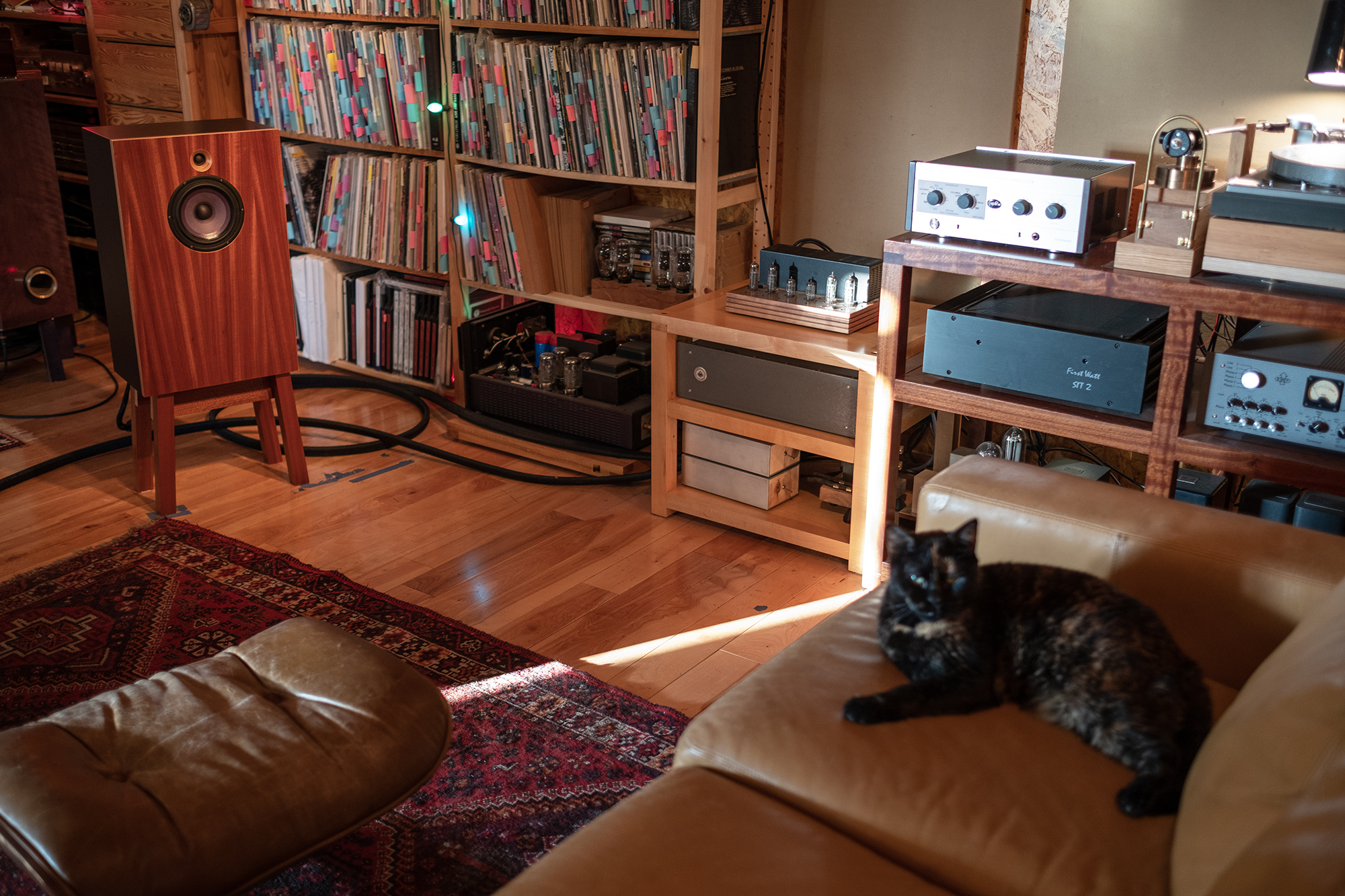
Why do we need EQ curves? Before the RIAA equalization standard was set in the 1950s, different record companies like Decca, Columbia, and more than 98 others baked their own EQ curves into their 78s so you need to ‘unbake’ a 78rpm record using the proper curves. Essentially we’re talking about pre-emphasis when recording where bass is reduced and high frequencies boosted and de-emphasis on playback.
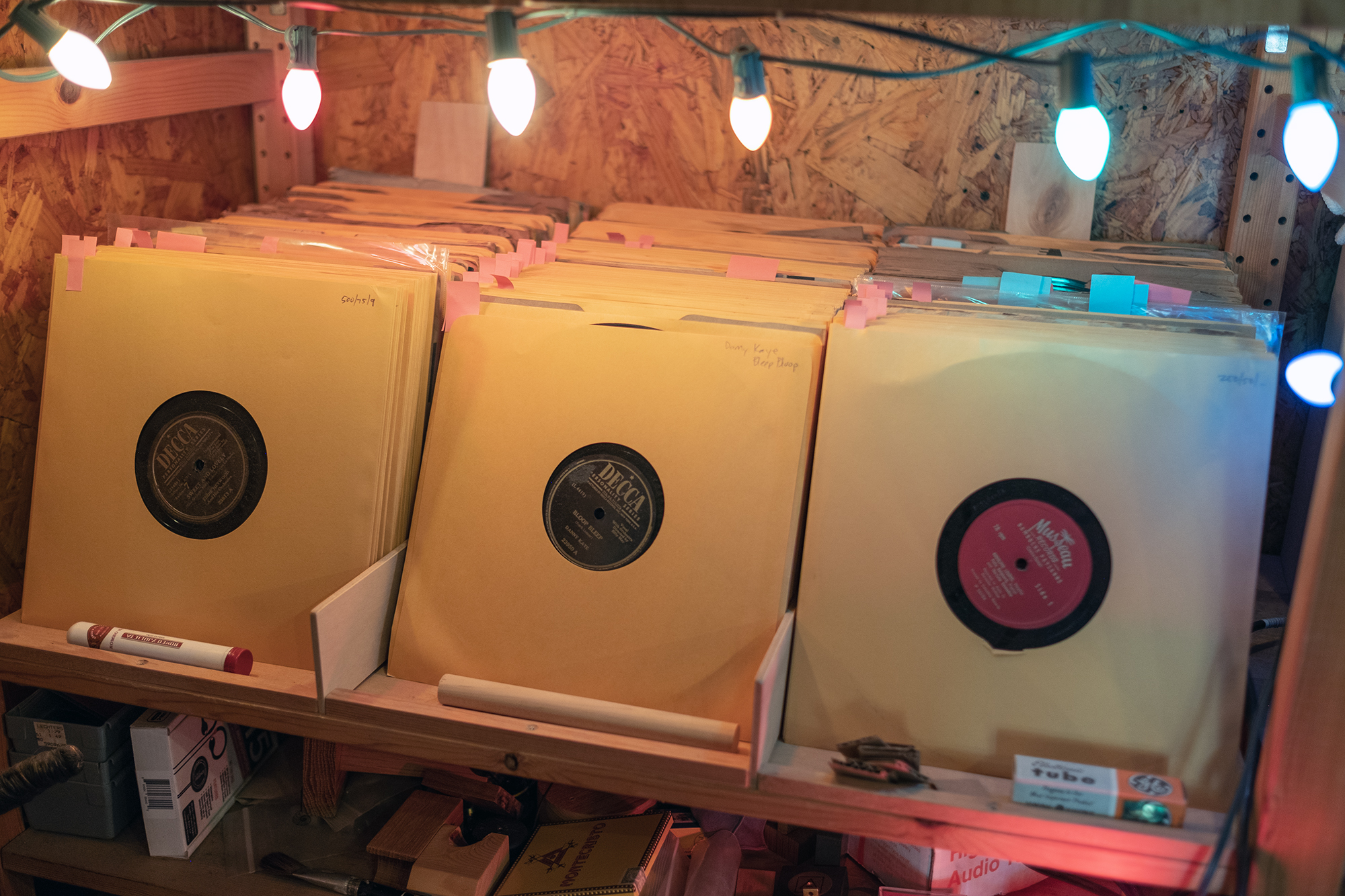
A Very Brief 78rpm Story
The 78 rotations per minute standard was set in 1912 by the Gramophone Company. Early 78s were acoustic recordings where the musicians performed into the large end of a horn while a diaphragm sat at the small end vibrating a cutting stylus that carved music directly into discs. The Spring of 1925 saw the arrival of the first electrical recordings using a microphone and tube gear to amplify the signal before being cut to shellac. The use of shellac 78s lasted up to the 1940s, until after the second world war, when vinyl entered the production picture.
A 10” 78rpm disc contains less than 3-minutes of mono music per side. 12” 78s pushed that limit to a max of about 5 mono minutes so playing 78s is also an aerobic activity, something you may not have considered. 78rpm disc production lasted until the 1950s.

The Aurorasound HFSA-01 is the only integrated amp anywhere near its price offering EQ Curves that I’m aware of. As you can see, thanks to the handy “Old Disk Easy Compensator” provided by Aurorasound’s US Importer highend-electronics, there are curves for AES, Columbia, Decca, NAB, and 78SP which is a kind of generic catch-all for “typical cutting character”. Since these are stops on a rotating knob, you are free to set-by-ear.
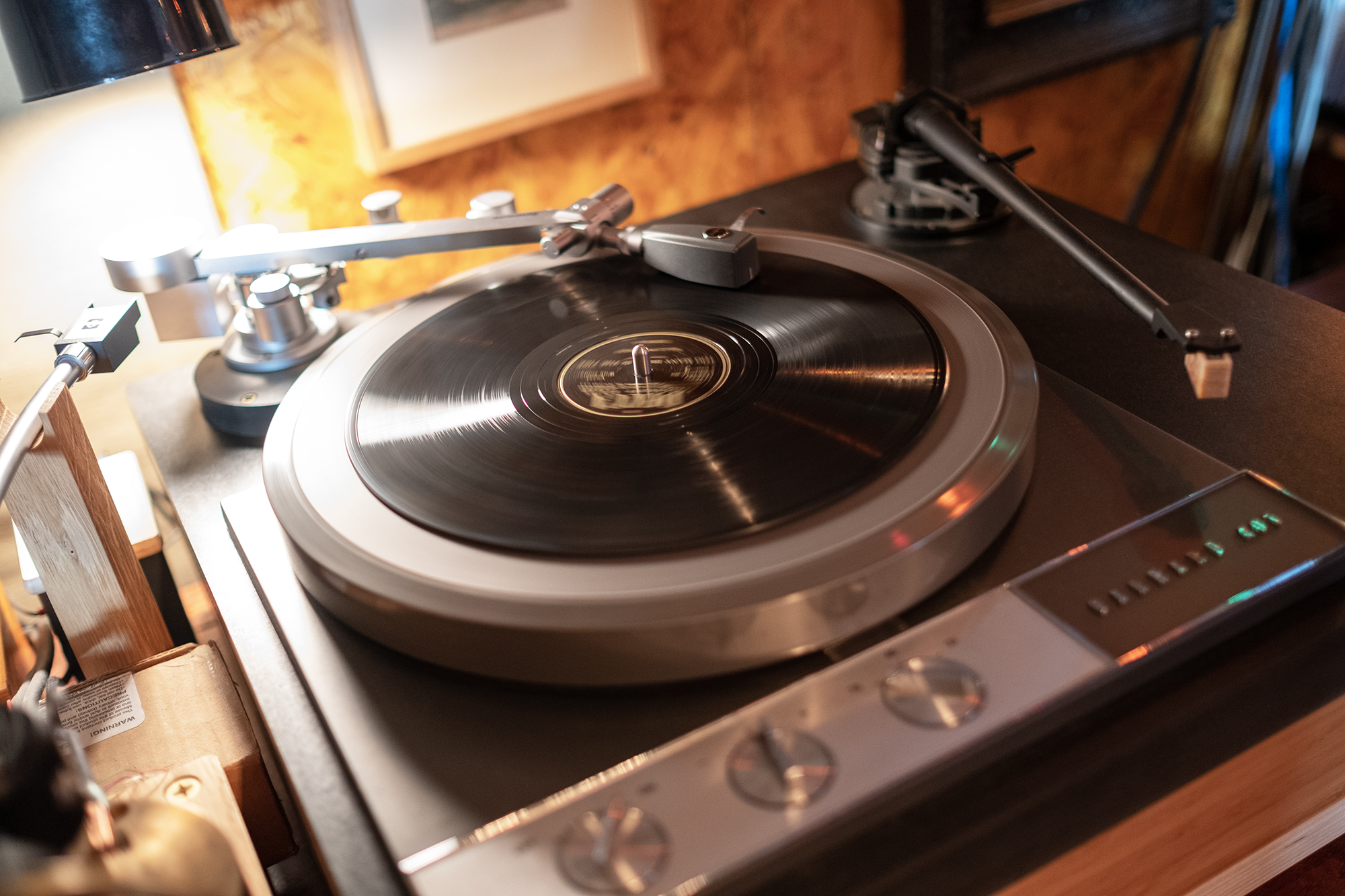
The system that the Aurorasound HFSA-01 jumped into was comprised of a restored Garrard 401 with a Shindo platter/mat/bearing in a DeVore-designed suspended plinth. The arm in use for 78s was a Dynavector 507 MkII with an Ortofon Mono CG 65 Di MkII cartridge into a pair of Western Electric 618A equivalent transformers performing setp-up duties before sending the signal on to the Aurorasound’s MM phono input, with the HFSA-01 driving a pair of DeVore Fidelity O/baby speakers.

The O/baby is a scaled down version of the O/96 with a horn-loaded .75″ textile dome tweeter and 7″ woofer that’s made from the same uncoated German paper that’s found in the O/96 and O/Reference. Frequency response for the O/baby is rated at 38Hz-25kHz with a 90 dB/W/M sensitivity and an easy 8 ohm load.
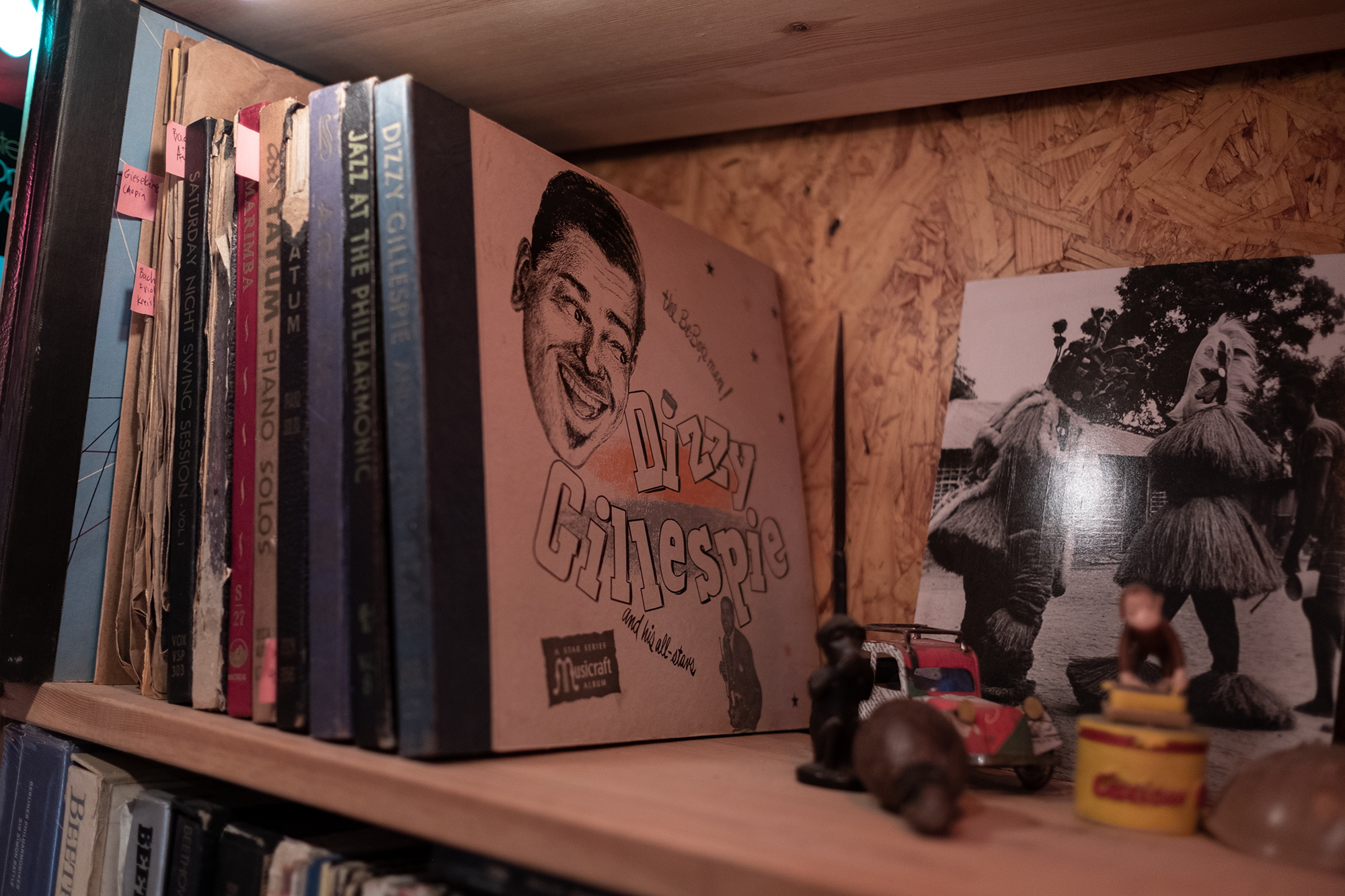
I’ve had a number 78-focused listening sessions over the years, most of which also happened in the Monkeyhaus, and listening to 78s is always an amazing experience. Every single time. The main thing about 78s is music feels like it’s being formed before your eyes and ears from pure sound energy that leaps, and I mean leaps, not from the speakers but from the musicians with startling unmatched force. And I mean unmatched by any other format I’ve experienced. Mind blowingly spectacularly present. And I included ‘eyes’ because music is so spectacularly present, it’s as if you can see, and damn near smell, the performers performing.
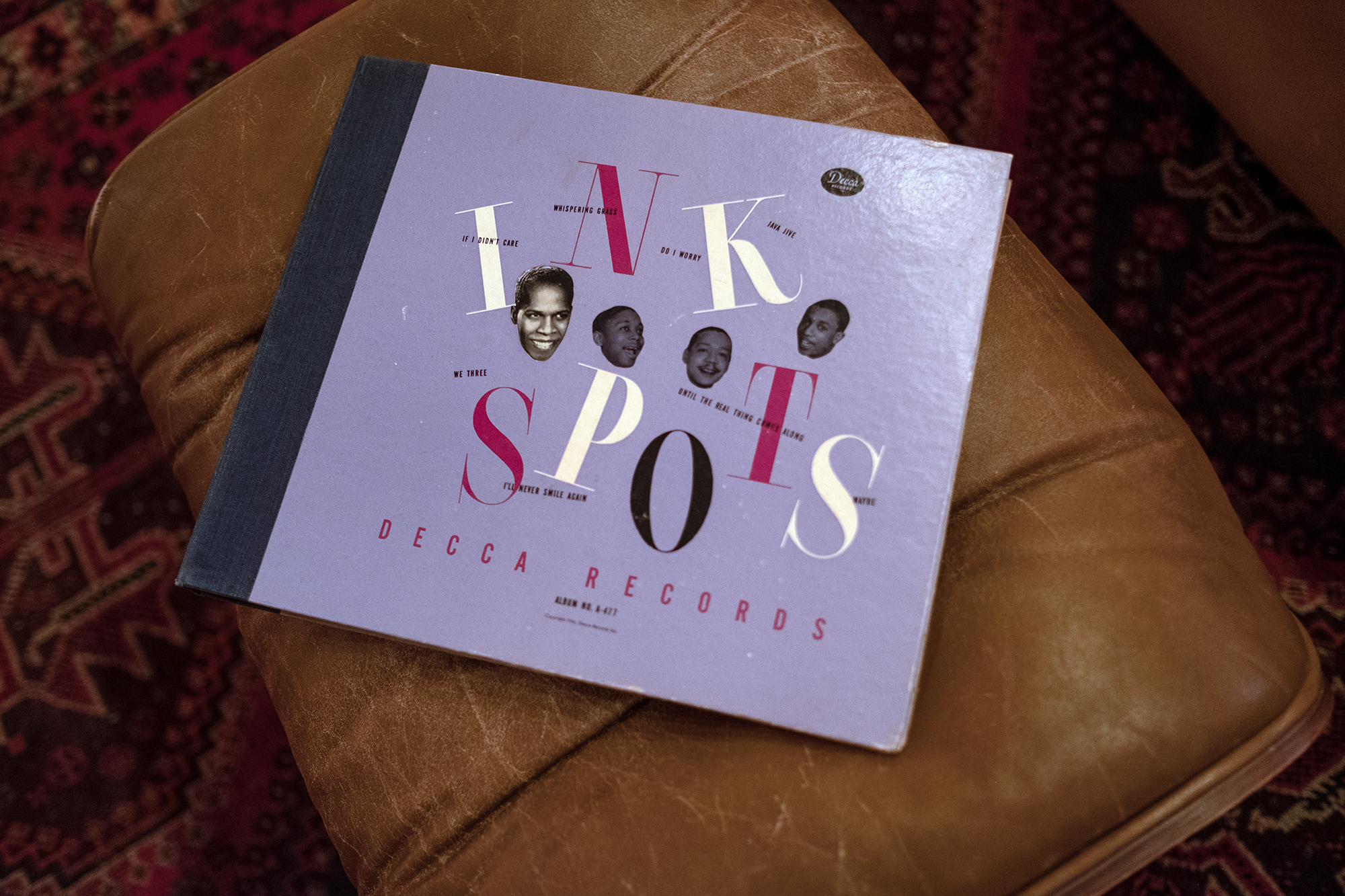
I think I cursed out loud in amazement at the Monkeyhaus listening to 78s through this system more than I have in years. The Ink Spots, I don’t think I’ve shared how much I love this music so let me share—I love this music just like I love Django Reinharrt and the Hot Club of Paris Quintet, Hank Williams [footnote 1], Sinatra, Ella Fitzgerald, and so on. This is the kind of music I heard as a kid so this was also old home week for me and my memories.

Using the correct EQ Curves during playback is an obvious and easy thing to hear and mainly makes the musicians sound more fully formed and more naturally balanced. More better. Surface noise, these records are more than 70 years old, becomes less intrusive to the point where it’s easy to forget, especially because the sound of music is so damn alive. So damn alive. Thinking about people, i.e. some male audiophiles, who cannot enjoy records because of surface noise very nearly makes me want to shed a tear for all of this joy they’re choosing not to hear.
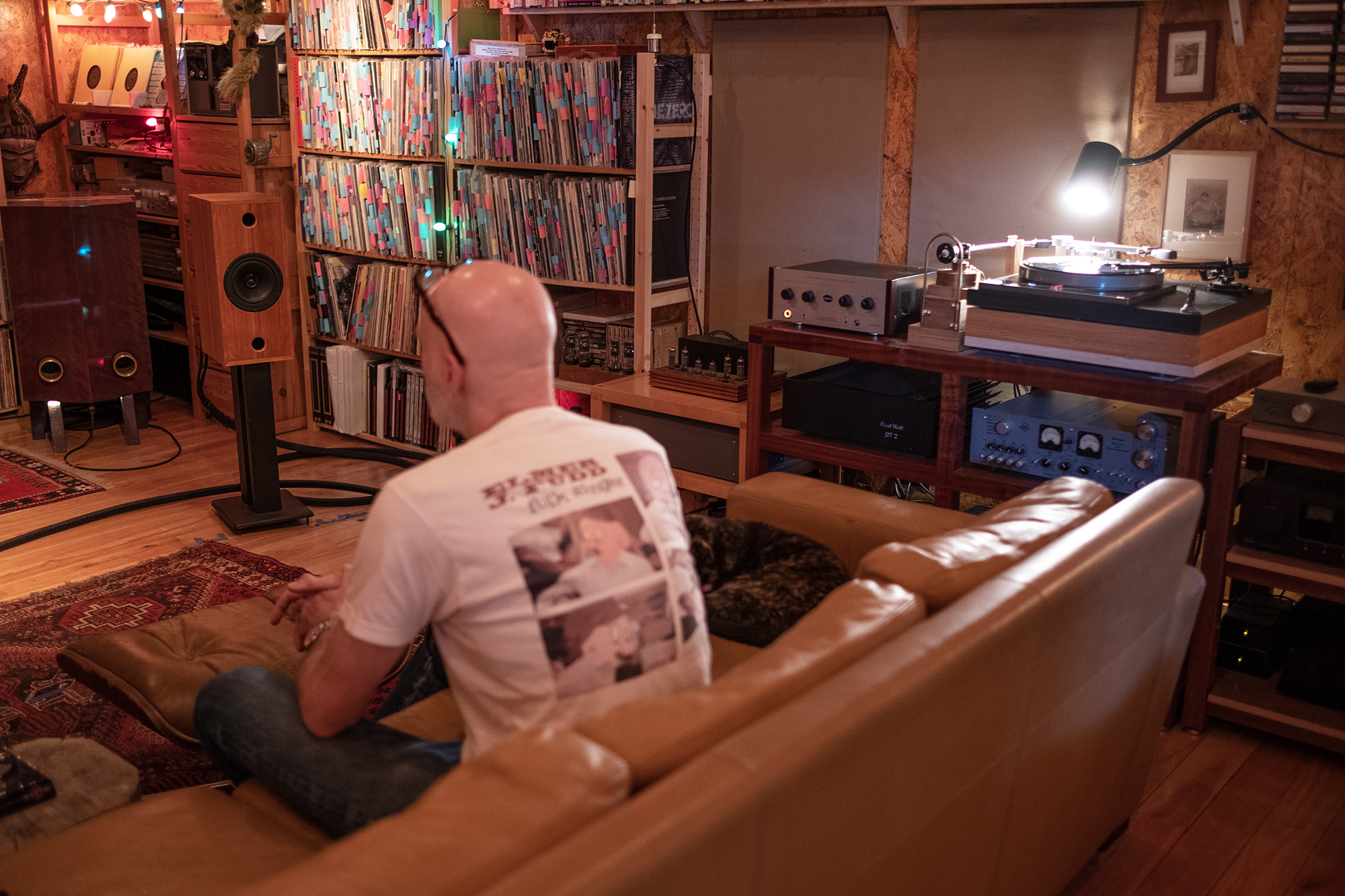
With John doing the cueing honors, I relaxed into the soft inviting squish of the plush leather couch and felt transported to smoky clubs where music was woven into the joy of life. We listened for a few hours, that’s a lot of aerobics, and I don’t think a great big smile left my face for a single second. Listening to Sinatra, Hank Williams, Ella, and the Ink Spots through this system felt like I traveled to some other place to hear them perform, as if I left that comfy couch landing in a small, smoky club full of tinkling glasses and gaiety in pre-war Paris.
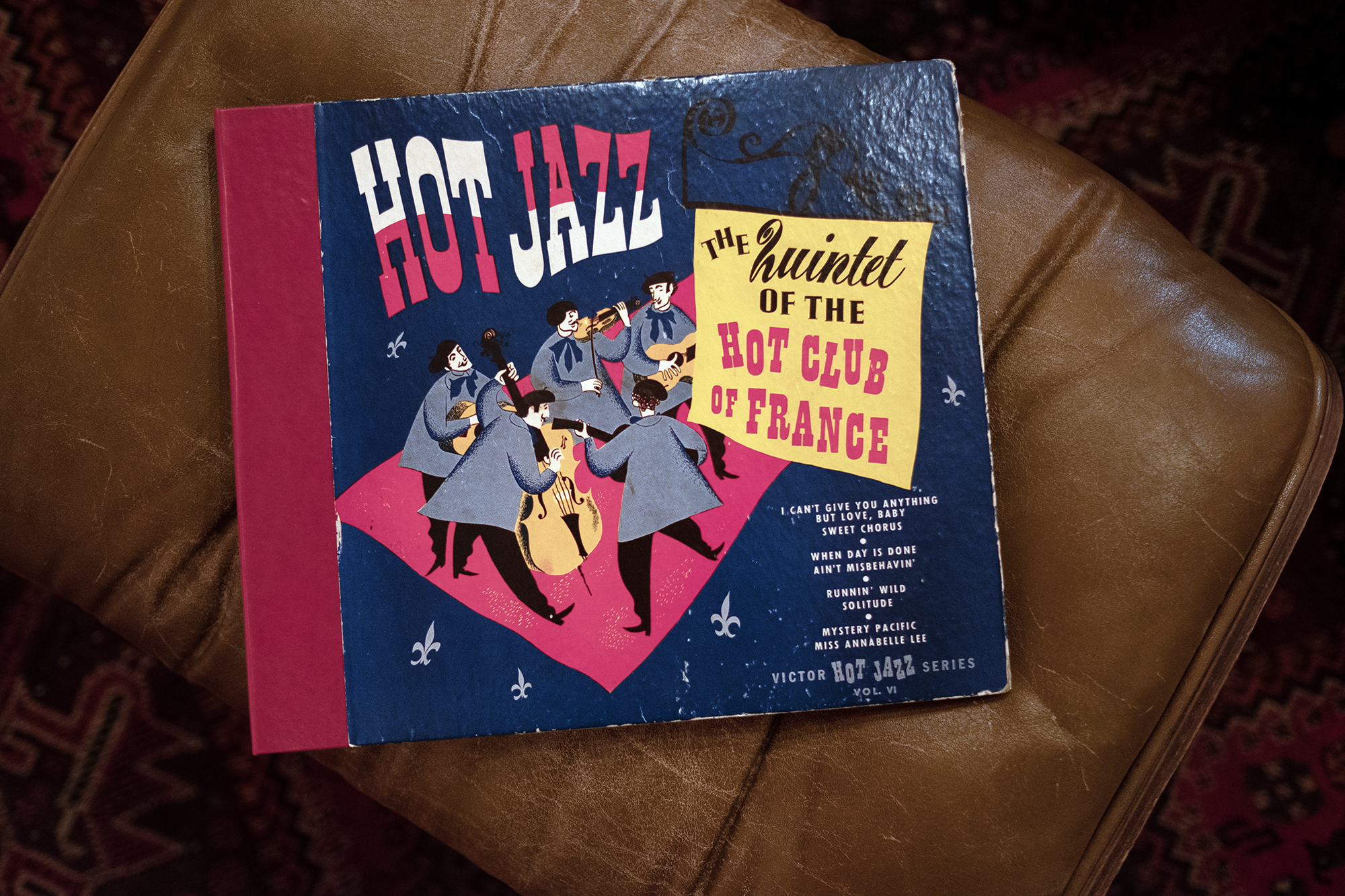
I am even more impressed by the lovely Aurorasound HFSA-01 now that I’ve heard what it can do with 78s and it drove the DeVore O/baby like a dream. A big, beautiful joyous dream that kept me enraptured and happy every moment music played. All told, at $3,680, the HFSA-01 is a screamin’ bargain, and I do mean screamin’, and if you’ve ever had a hankerin’ to play some 78s, or if you already have a stash but no way to properly play ‘em, I can’t think of any other integrated amplifying option anywhere near the Aurorasound’s price.

Yes, I am thinking about setting up a 78-playing rig…
1. My mother’s cousin-in-law, Uncle Pete, had a side hustle playing Country & Western music, like Hank Williams, as a solo performer—acoustic guitar, cowboy boots, cowboy shirt, cowboy hat, whiskey, cigarettes—in small dark bars around Jersey. My mother would take me along to some of these gigs, I was not yet a teenager, and I can remember the smells and sounds of the bar and the too close couples mixed with Uncle Pete making the whole thing feel awkwardly magical.
Aurorasound HFSA-01 Vacuum Tube Integrated Amplifier
Price: $3,680
Company Website: Aurorasound
US Distributor Website: highend-electronics

